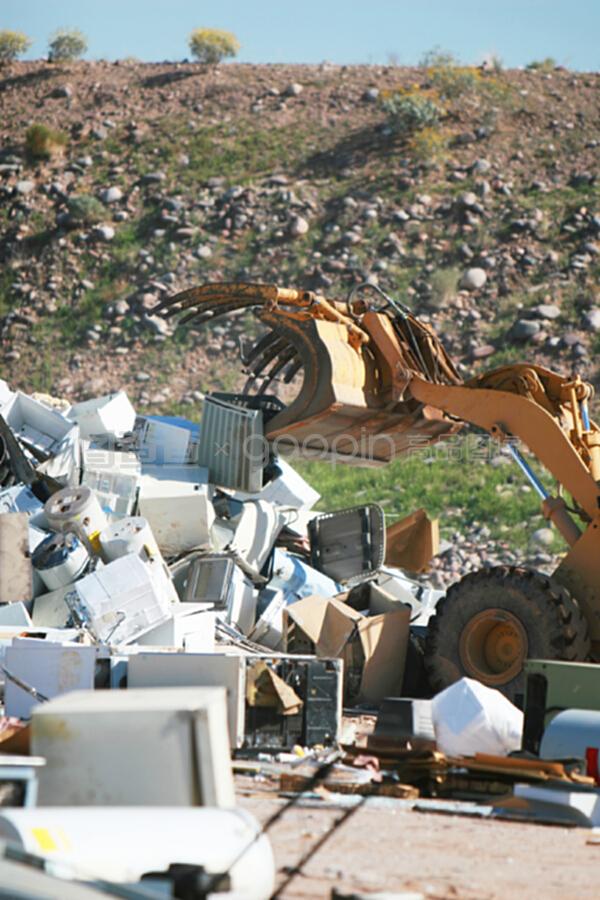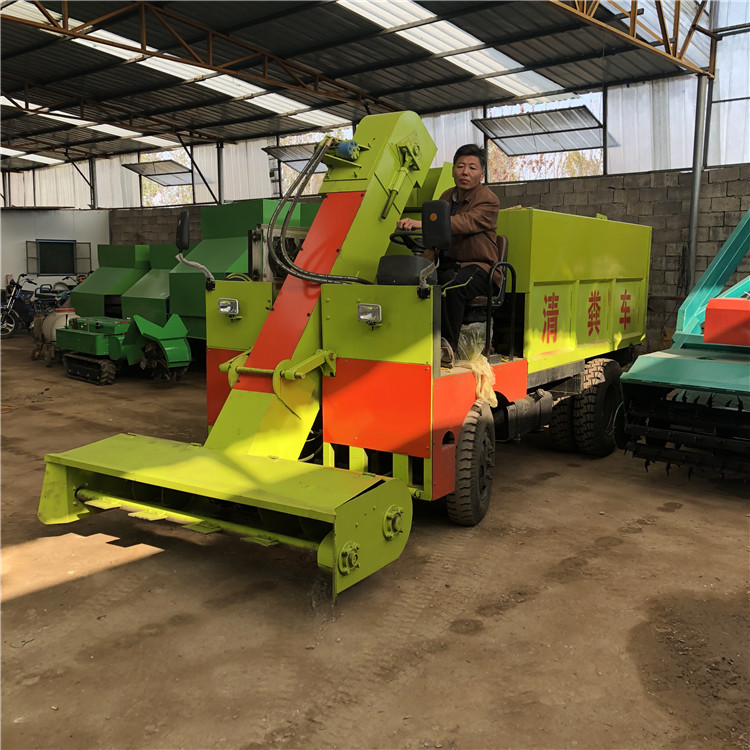Environmental protection standard of air treatment code
In the long history of the development of human society, with the advancement of industrialization and the acceleration of urbanization, air quality problems have become increasingly prominent, which has become one of the important factors restricting sustainable development. In order to effectively cope with this challenge, governments and international organizations have issued a series of air control norms and environmental protection standards, aiming at improving air quality, protecting people's health and promoting harmonious economic and social development through scientific and reasonable methods and technical means.
First, the background and significance of formulation
1. Protect public health: The air contains many pollutants such as particulate matter (PM2.5) and sulfur dioxide, which are harmful to human body. Long-term exposure to polluted environment will seriously affect people's respiratory system and even their whole health.
2. Maintain ecological balance: air pollution not only affects human life, but also destroys natural ecosystems, leading to species extinction and other issues.
3. Promote green transformation: Strict emission restrictions urge enterprises to adopt cleaner and more efficient production methods, thus promoting the transformation of the whole society to a low-carbon economy.
Second, the main content
 mission limit: Set specific exhaust emission standards for different industries, including but not limited to the maximum allowable concentration or emission of major air pollutants such as SO2, NOx and VOCs.
mission limit: Set specific exhaust emission standards for different industries, including but not limited to the maximum allowable concentration or emission of major air pollutants such as SO2, NOx and VOCs.
Monitoring system: establish a sound environmental quality monitoring network, regularly publish the air quality status in various regions, and give early warning notice to the situation exceeding the standard.
 Governance measures: encourage and support the use of advanced emission reduction technologies and equipment; Promote new energy vehicles to reduce vehicle exhaust emissions; Comprehensive control strategies such as strengthening dust control in building construction.
Governance measures: encourage and support the use of advanced emission reduction technologies and equipment; Promote new energy vehicles to reduce vehicle exhaust emissions; Comprehensive control strategies such as strengthening dust control in building construction.
Legal system: it is clear that enterprises and individuals who violate environmental laws and regulations will face penalties such as fines, suspension of production for rectification and even criminal responsibility, so as to ensure the effective implementation of various regulations.
Third, the implementation effect and prospect
In recent years, with the joint efforts of the whole world, many countries and regions have achieved remarkable results. For example, since the launch of "Atmosphere Ten" in China in 2013, the average concentration of PM2.5 in key areas in China has dropped by more than 40%, and the air quality has obviously improved. However, in the face of the new challenges brought by climate change, we still need to continuously optimize and improve the existing air governance norms and environmental protection standards, explore more innovative solutions, and jointly protect the most precious resource on this blue planet-fresh air.
 Environmental protection prosp
Environmental protection prosp
 Air purification upgrade with
Air purification upgrade with
 Efficiency improvement of sewa
Efficiency improvement of sewa
 Macro-control of sewage treatm
Macro-control of sewage treatm


